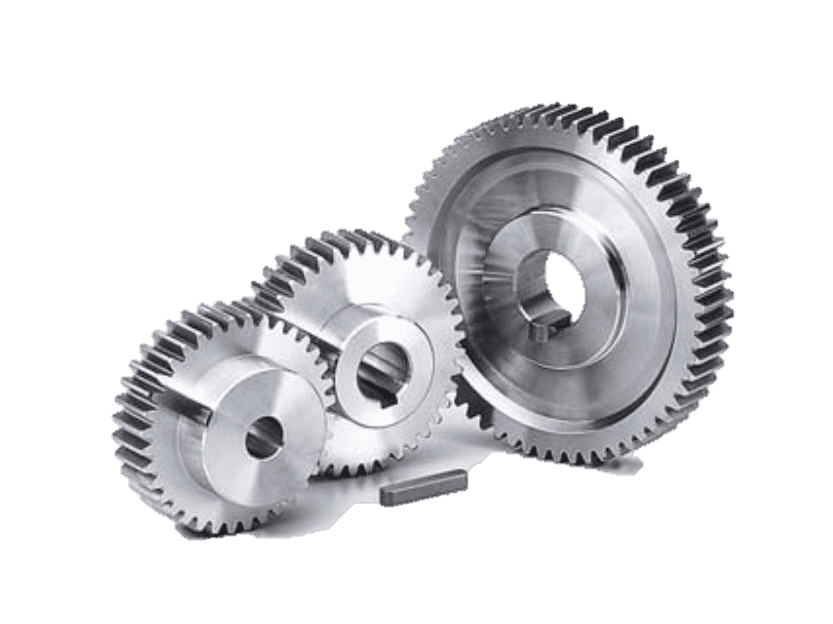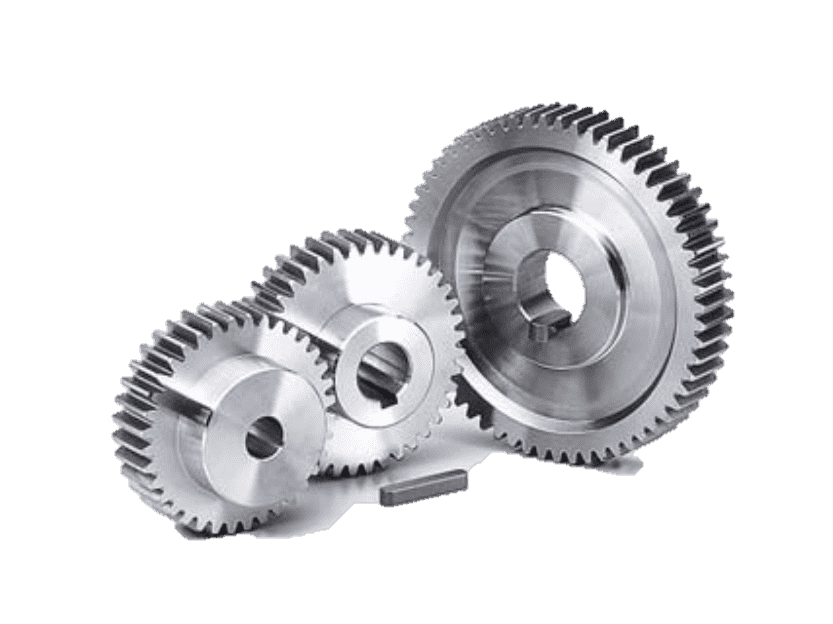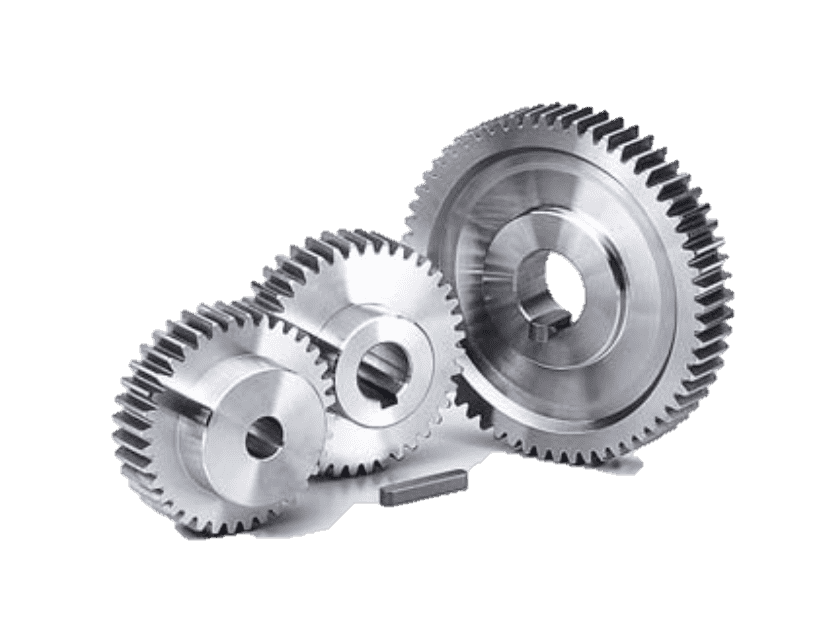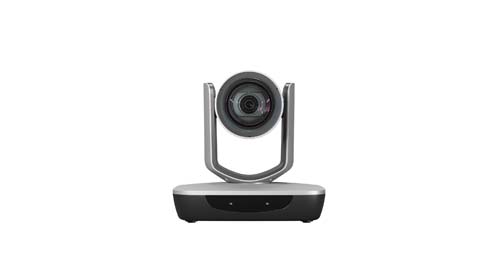Troubleshooting Gear Noise and Vibration
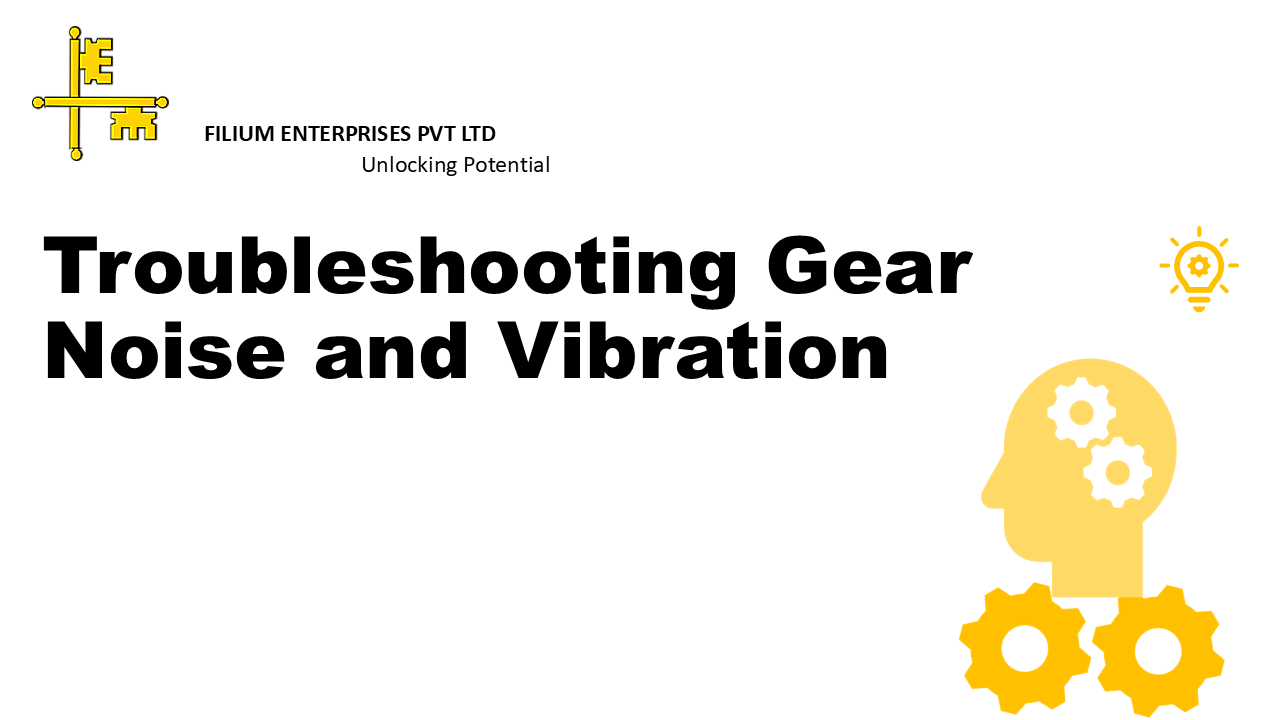
Troubleshooting Gear Noise and Vibration: Strategies, Statistics, and Solutions
Gear noise and vibration are pervasive challenges in mechanical systems, impacting industries ranging from automotive manufacturing to renewable energy. These issues not only signal underlying mechanical problems but also lead to increased wear, energy inefficiency, and unexpected downtime. Addressing them requires a blend of diagnostics, preventive maintenance, and innovative engineering solutions. This article explores the root causes of gear noise and vibration, proven troubleshooting methods, and the transformative role of advanced technologies like Filium Enterprises’ QuietGear Solutions in mitigating these challenges.
The Cost of Gear Noise and Vibration: Key Statistics
Gear-related failures are a significant contributor to industrial inefficiencies. According to a 2023 report by the American Gear Manufacturers Association (AGMA), gear system malfunctions account for 35% of mechanical failures in industrial settings, costing global industries over $20 billion annually in repairs and unplanned downtime. Furthermore, studies indicate that excessive vibration reduces gear lifespan by up to 50%, while noise-related issues contribute to 30% of workforce fatigue in manufacturing environments.
The financial implications extend beyond repairs. A study by the International Council of Machinery Lubrication (ICML) highlights that predictive maintenance strategies, including vibration analysis, can reduce maintenance costs by 25–30% and downtime by 40–45%. These statistics underscore the urgency of adopting proactive measures to address gear noise and vibration.
Common Causes of Gear Noise and Vibration
-
Misalignment
Shaft misalignment disrupts load distribution, leading to uneven gear meshing and vibration. Even a 0.1 mm misalignment can increase bearing loads by 30%, accelerating wear. -
Improper Lubrication
Inadequate lubrication causes metal-to-metal contact, generating heat and noise. The Society of Tribologists and Lubrication Engineers (STLE) notes that 60% of gear failures stem from lubrication issues. -
Surface Wear and Damage
Pitting, scoring, or tooth breakage alters gear geometry, amplifying noise. Worn gears can increase vibration amplitudes by 200–300%, according to ISO 10816 standards. -
Resonance and Load Fluctuations
Resonance occurs when operating frequencies match natural frequencies of gear components, magnifying vibrations. Sudden load changes exacerbate this effect. -
Design and Manufacturing Defects
Inaccurate tooth profiles or heat treatment flaws compromise gear integrity. For instance, a 5% deviation in tooth geometry can double noise levels.
Diagnostic Techniques for Gear Systems
-
Vibration Analysis
Sensors measure frequency spectra to pinpoint imbalances or misalignment. Tools like FFT (Fast Fourier Transform) analyzers detect anomalies at specific frequencies. -
Acoustic Emission Testing
Microphones capture high-frequency noise signals to identify early-stage wear. -
Thermography
Infrared cameras detect overheating caused by friction or poor lubrication. -
Oil Debris Analysis
Monitoring lubricant particulates helps predict wear patterns.
Proven Solutions to Mitigate Gear Noise and Vibration
-
Precision Alignment and Balancing
Laser alignment tools reduce misalignment errors to under 0.05 mm, ensuring uniform load distribution. -
Advanced Lubrication Systems
Synthetic lubricants with anti-wear additives reduce friction. Automated lubrication systems maintain optimal grease levels. -
Surface Treatments
Coatings like DLC (Diamond-Like Carbon) improve surface hardness, reducing pitting. -
Vibration Dampers
Rubber mounts or tuned mass dampers absorb resonant frequencies. -
High-Performance Gear Systems
Investing in precision-engineered gears minimizes inherent design flaws.
Filium Enterprises’ QuietGear Solutions: A Game-Changer
At the forefront of innovation, Filium Enterprises offers QuietGear Solutions, a line of high-performance gear systems engineered to tackle noise and vibration at their source. These gears incorporate proprietary NanoPolished Surfaces™ and ResonanceControl Geometry, reducing friction by 40% and damping vibrations by 55% in comparison to conventional gears.
Key features include:
- AI-Optimized Tooth Profiles: Machine learning algorithms design teeth for minimal contact stress.
- Integrated Vibration Sensors: Real-time monitoring enables predictive maintenance.
- Eco-Friendly Materials: Composite alloys enhance durability while lowering noise emissions.
In a case study with a wind turbine manufacturer, replacing legacy gears with Filium’s QuietGear Solutions reduced gearbox noise by 62% and extended service intervals by 300 hours. Such advancements position Filium as a leader in sustainable, high-reliability gear technology.
Conclusion
Troubleshooting gear noise and vibration demands a holistic approach—combining meticulous diagnostics, proactive maintenance, and cutting-edge engineering. As industries strive for efficiency and sustainability, partnerships with innovators like Filium Enterprises become indispensable. Their QuietGear Solutions exemplify how advanced materials and smart design can transform gear performance, delivering quieter, longer-lasting systems. With gear-related failures costing billions annually, investing in such technologies isn’t just prudent—it’s a competitive necessity.
Statistics Source: AGMA 2023 Report, ICML Predictive Maintenance Study, Filium Enterprises Case Data
